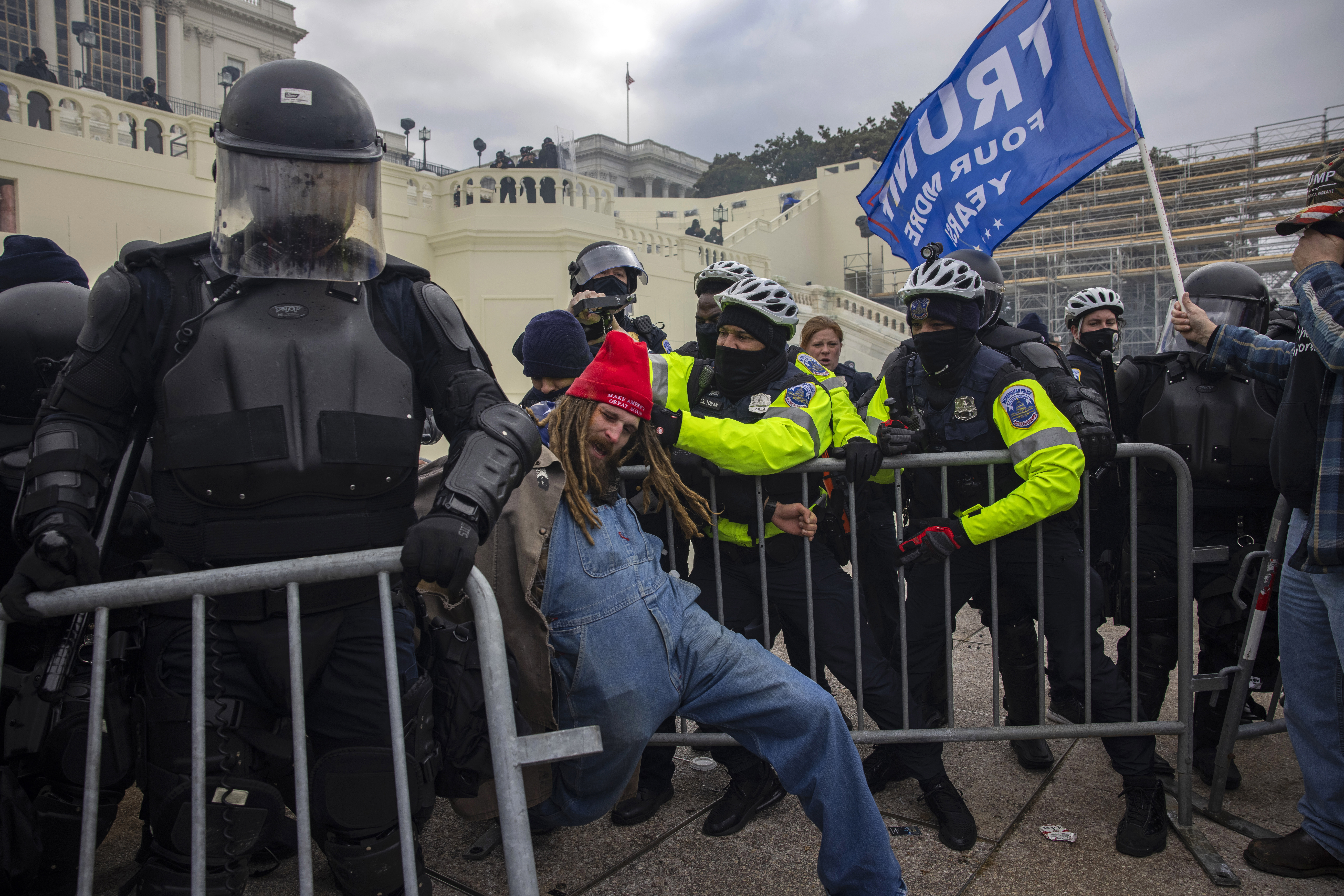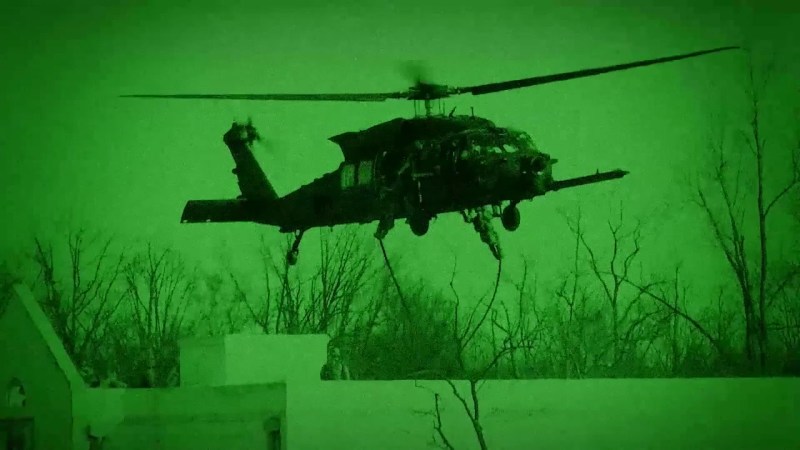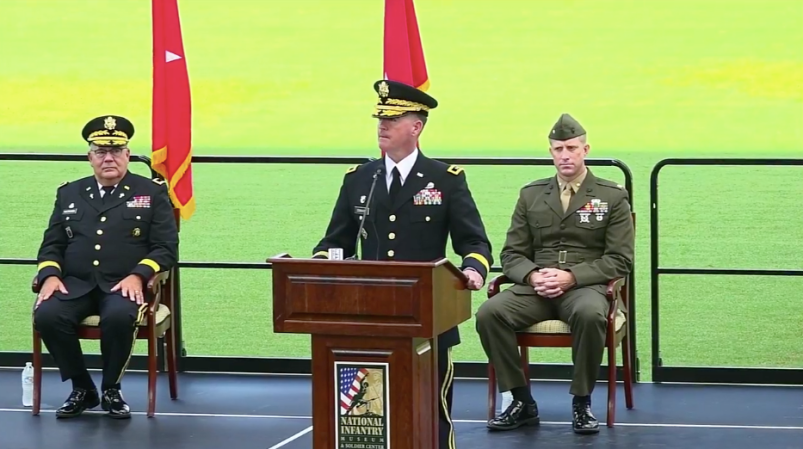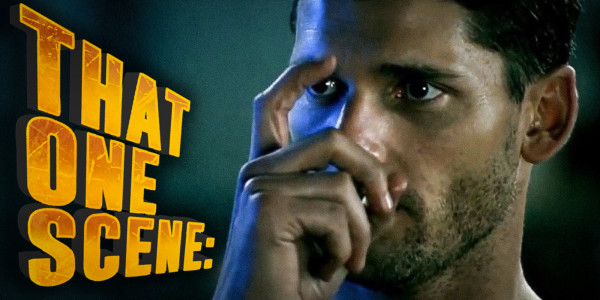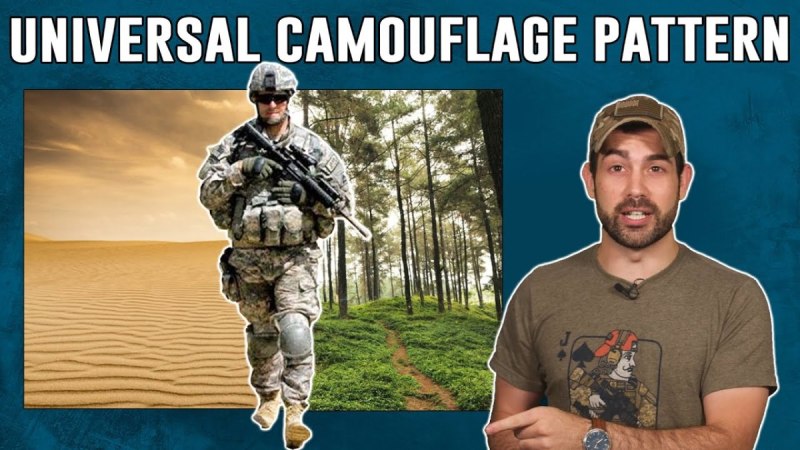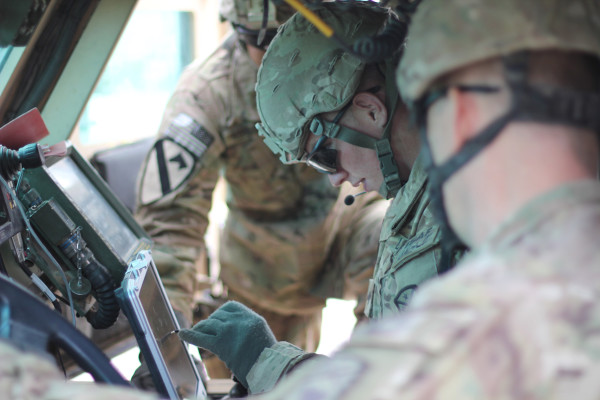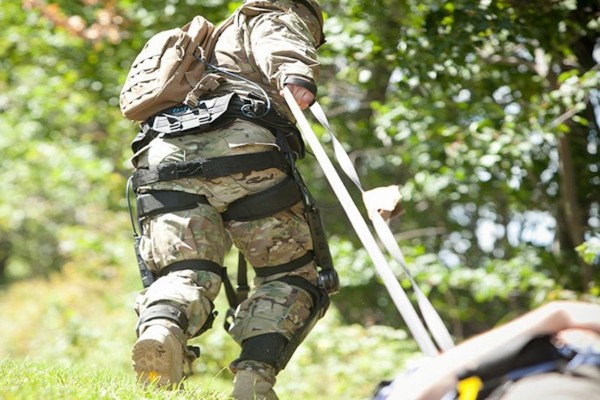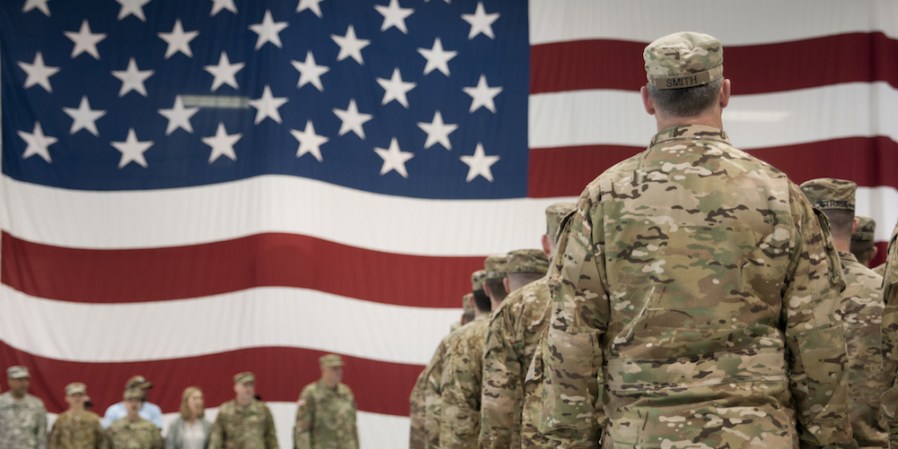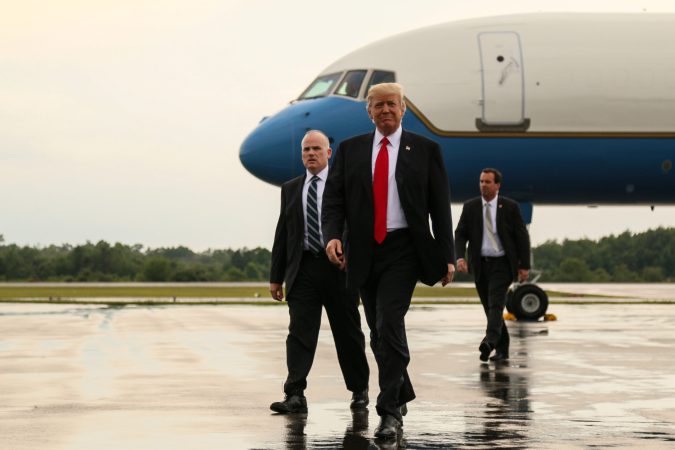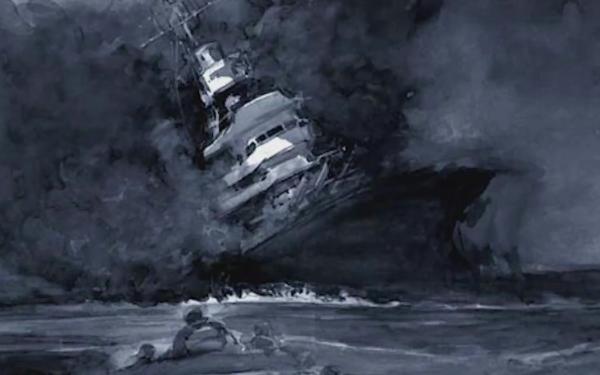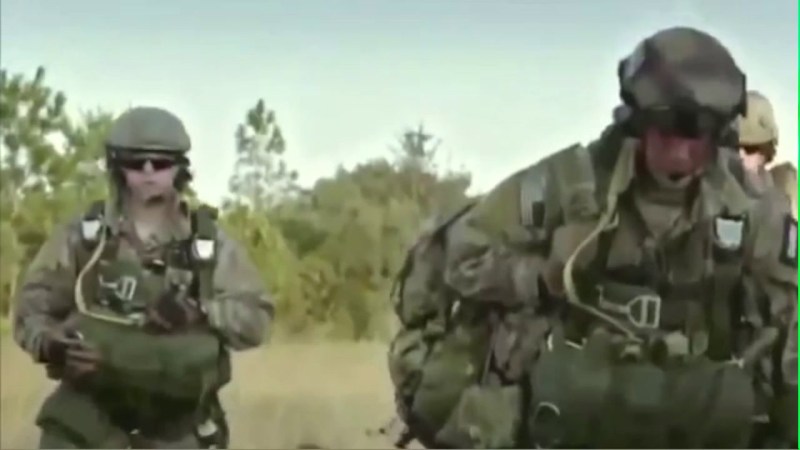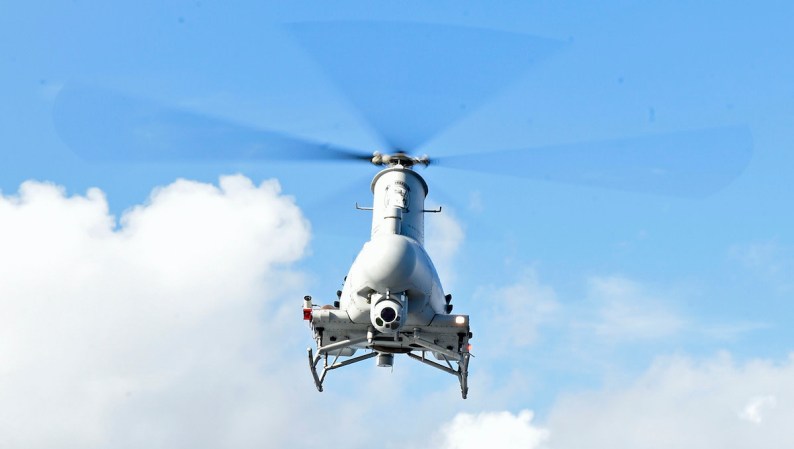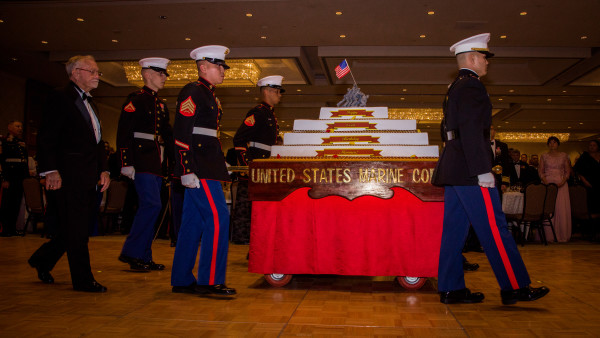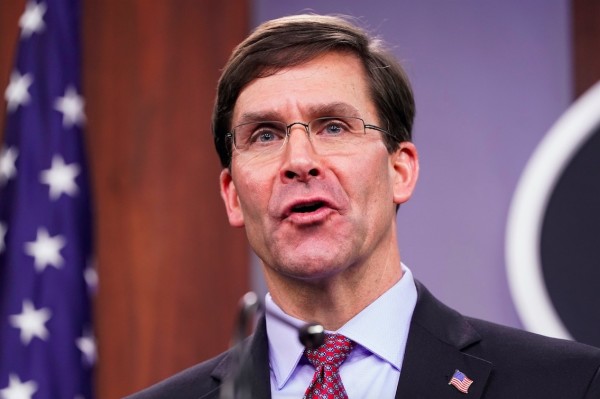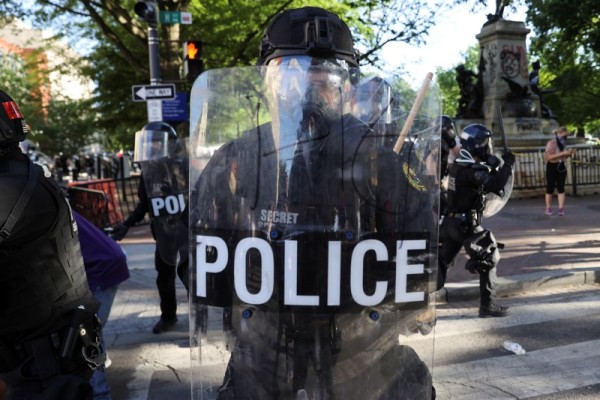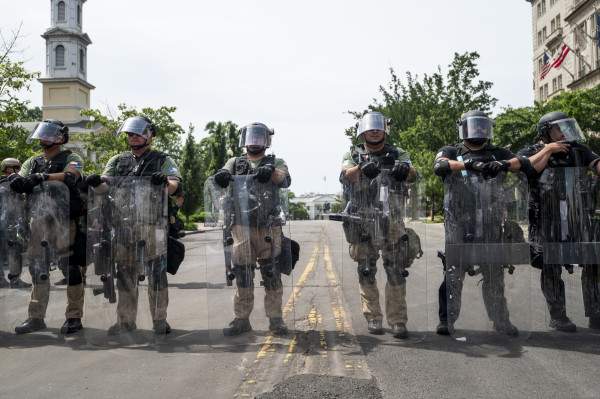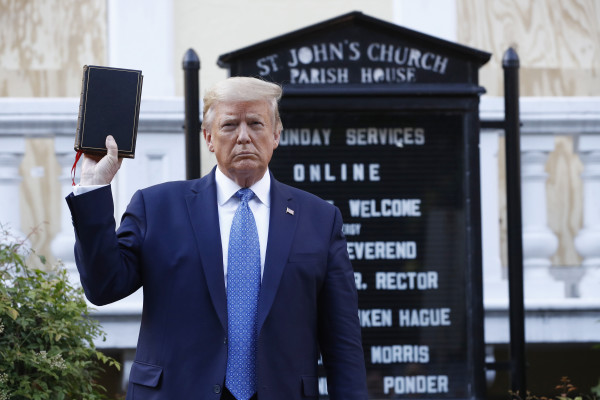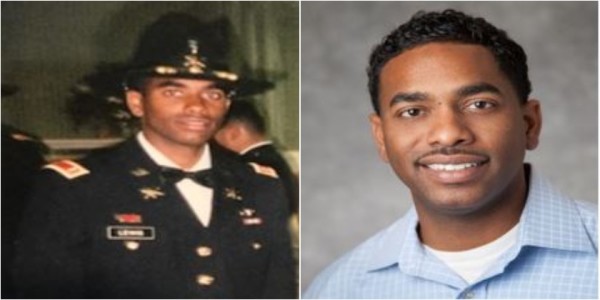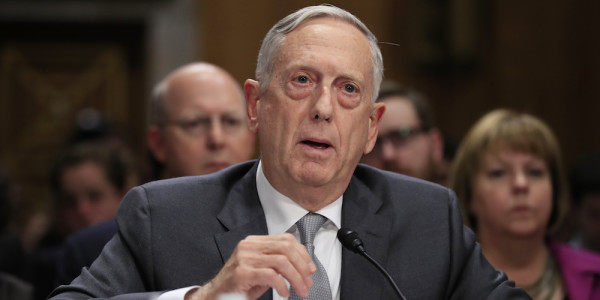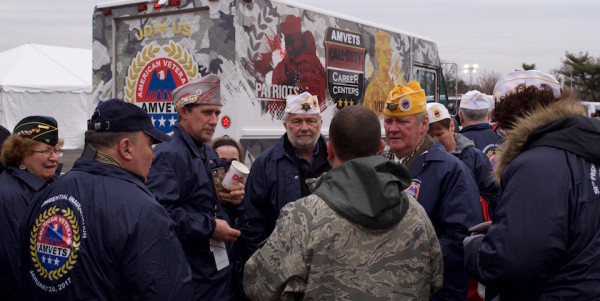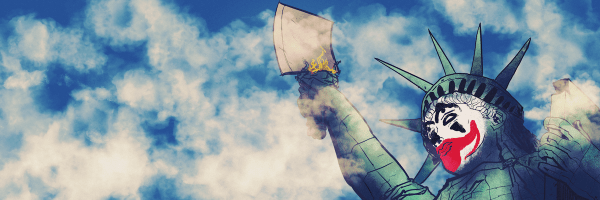At 2359, on 23 May 2021 — one year ago this week, the D.C. National Guard (DCNG) egressed off Capitol Grounds following our five-month-long mission supporting U.S. Capitol Police. As a military police officer operating within the ranks of the DCNG’s 372nd Military Police Battalion, I understood the significance that this mission would hold in the years to come.
Often, I still find myself reflecting on Operation Capitol Response, the official name given to our mission. Most of the time it is when I run down East Capitol Street and find myself gazing up at the Capitol dome as I approach the grounds. Last year, I found myself on the inside looking up at the rotunda while my boots walked across the glossy floors, creating the permanent footprints we left behind when we departed.
People often ask me what it was like on Jan. 6, 2021, and over the proceeding five months serving in one of the DCNG’s most high-profile missions ever. I’ve come to believe that those who ask really mean, “what was it like to protect the Capitol in the aftermath of an attempted coup?”
Much of the time I respond politely, and say things that I almost expect people want to hear; the extraordinary stories of our ordinary duty days.
“It was an absolute honor.” “It was something that none of us will ever forget.” “We served and walked in the halls of our country’s history, and now have become a part of that history.” “We met and spoke with those who helped shape and mold this country.”
But, what most people don’t know about or understand are the many sleepless nights, the ever-changing mission sets that each unit had to adapt to, the sustainment and logistical support that the DCNG had to administer for all 26,000 additional soldiers arriving and in-processing from supporting states, and that because we were the home team, we would be the first ones in and last ones out.
Throughout 2020 and 2021, the DCNG’s involvement in Defense Support to Civil Authority (DSCA) was unprecedented as our country’s climate and culture continued to shift. Like many National Guard units across the country, our support began in March of 2020 with COVID-19 operations, where we supported testing sites across the District and U.S. Park Police with social distancing enforcement at the Tidal Basin during Cherry Blossom season. Mission adaptability showcased itself when we transitioned from COVID-19 operations overnight to support the Secret Service at Lafayette Park during Operation Guardian to secure and protect federal property following the death of George Floyd. During our reset period following Operation Guardian, we supported multiple 1st Amendment demonstrations in addition to preparing for the upcoming presidential inauguration, not knowing what the future might hold.
On Jan. 6, 2021, I watched from the D.C. Armory — approximately two miles away from Capitol Grounds — as U.S. Capitol Police (USCP) and the Metropolitan Police Department (MPD) defended not only the U.S. Capitol building but themselves from American citizens. Pacing and watching, we waited for the command to move us from the armory to Capitol Grounds in an effort to support law enforcement and secure the temple of our democracy. Congressman Jamie Raskin detailed our story in his book Unthinkable: “I think back to a Black Lives Matter protest in D.C. on June 2, when masked and helmeted National Guardsmen in camouflage massed on the steps of the Capitol in a formidable and awesome display of force. I have not yet seen the National Guard today, but I tell myself that they must be here somewhere, or else they have to be on the way over…”
As we watched and waited, the minutes felt like hours, hours like days. At approximately 1709 we were notified that we would be moving to the Capitol Grounds.

As buses pulled off the DC Armory drill floor with service members from across our 74th Troop Command ranks — 372nd Military Police Battalion, 104th Maintenance Company, 547th Transportation Company and other supporting detachments — no one knew what the future might portend, but what was clear was that we were about to become part of something bigger than ever before.
Following the departure of the first wave of forces, I was assigned as the Officer in Charge (OIC) of the element who would relieve the initial forces and secure the Grounds overnight. As Soldiers and Airmen continued to report for duty, we began planning and coordinating with Capitol Police leadership. Ultimately 150 Airmen and Soldiers would surround the Capitol building securing the perimeter as members of Congress returned to finalize the presidential electoral college vote.
During our originally planned 12-hour shift, my non-commissioned officer in charge (NCOIC) and I walked the grounds, up to the platform balcony from which President-elect Joe Biden and Vice President-elect Kamala Harris would, in fewer than 15 days, take their oaths of office. As we scaled the steps, stepped over and through piles of debris — signs, beer cans, cigarette butts, bike racks, and folding chairs. It was dark and only the lights from the top of the rotunda lit the post-apocalyptic shadows. The only words spoken by either of us came from my NCOIC: “This reminds me of the streets of Iraq.”
As we approached the tunnel where Capitol Police officers held the line, the smell of pepper spray and CS gas filled the air. Once beautiful windows and glass doors were now frames filled with plywood. To this day, I remember vividly every step we took. The sound of debris — broken glass, dirt, and pieces of construction material — grinding underneath my boots. Something so unimaginable had happened on American soil and had thus become ingrained in our collective memory forever.
During the final hours of our shift, as the sun crested the D.C. horizon, we received guidance from Capitol Police to direct citizens to remain off the sidewalks of the grounds. After approaching many who wanted to photograph the aftermath of the events from the day before, I walked up to one woman who had made her way to one of the concrete walls that ran parallel to the west side of the Capitol. As I got closer, I noticed that she was observing the debris and damage we’d walked through hours earlier and crying. She turned to me as I approached and said softly, “I’m just so sorry, I used to work here, and to see this beautiful building like this is just really sad.” As I was taken back by her words, she thanked me for my service and proceeded to leave the sidewalk and cross the street.
Many of us who held the line with police officers on the evening of Jan. 6, 2021, found ourselves in and out of numerous roles for the next five months as we continued to adapt to the constantly evolving mission environment. As we transitioned from Operation Capitol Response I to Operation 59th Presidential Inauguration, the surge began, as 26,000 service members from across the 54 states and territories joined our task force. Our DCNG force made up of roughly 2,700 service members who were actively engaged at every stratum worked around the clock to support not only tactical level operations, but sustainment and logistical support for every state. This included contracting lodging in and around the National Capital Region, food services, COVID-19 vaccinations, and transportation.

As the tactical level transitioned to presidential inauguration support, our DCNG task force supported vehicle blocking positions around Capitol Grounds. This would remain our primary mission throughout the inauguration.
Although each presidential inauguration is a ceremonial time for our country and city, this one felt much different. Days before inauguration events, military forces and law enforcement officers could be seen on every corner surrounding the National Capital Region. Service members wore combat kits, remained armed, and wore COVID-19 protective face masks. “How do you feel you’re being received by the public?” a close friend of mine asked. “Your soldiers are in a posture unlike previous missions and almost faceless with no human appearance beyond what the public has seen in war movies.” Many guardsmen, police and other security operators, including myself, had supported previous presidential inaugurations while peaceful transitions of power took place, but never in such a posture as we were now constituted.
As Americans watched from their homes, brass band music filled the cold January morning as the sound cut through the hallowed air where crowds would typically roar. Service members lined the fence, daring to catch a glimpse of the single moment we had all been waiting for following the last 14 days. This was where we would put our new Commander and Chief on a platform to show the world that we were still united.
While Vice President Kamala Harris stepped up to take her oath of office, a friend I was paired with that day nudged me. As Kamala raised her right hand, I looked over to take in my friend’s reaction. She was watching not only the first woman but the first African American take that oath. Following the conclusion of Vice President Harris’s oath, cheering and clapping echoed across the mall as service members congratulated the Vice President.
As the clapping and cheering concluded, President Joe Biden stepped up on the same platform I, myself, had stood on days earlier and readied himself to take responsibility for the country for the next four years. All fell silent. “…and will to the best of my ability, preserve, protect and defend the Constitution of the United States.” The same Constitution we all took an oath to protect.
Following presidential inauguration support, the 26,0000 strong task force transitioned to Operation Capitol Response II. Originally a mission that extended our orders just a few days past the inauguration was further extended through the end of February, then to the end of March, and eventually to the end of May, when we would conclude operations. As our orders were extended, the DCNG’s mission and support continued to transform. The 26,000 service member footprint around the NCR began to shrink and the tactical level operations of the DCNG transitioned to Quick Reaction Force (QRF) support for a short time before taking over command post operations for the entire task force known as Task Force Capitol Grounds. This would transition our operations out of the DC Armory to inside the U.S. Capitol building.
As the mission continued, the DCNG’s role and significance of what we were doing and how we were operating continued to grow. While we worked around the clock — understaffed and with little sleep — out of the Capitol Visitors Center, many of us reflected on how it all felt. The most popular feeling among us resonated with the fact that this was our home, our community, where we work and live. Despite how exhausting some days were, we served a great purpose within our city which other supporting National Guard states maybe didn’t experience since this was not their hometown. There have been only a few other times the DCNG had been mobilized to the Capitol and one is displayed just outside the Crypt inside the building. Behind a statue of President Abraham Lincoln is a bronze plaque that states, “this tablet records the fact that the following troops were quartered in the United States Capitol in response to President Lincoln’s call for volunteers, April 15, 1861.” One of four entries enscribed on the plaque is the District of Columbia National Guard.
After operating in a steady-state for several weeks following our command post operations transition, the unimaginable happened.
Service members were armed out on posts around the Capitol, House, and Senate Buildings covering a variety of mission sets throughout the joint operational area. For our team, we went through our normal battle rhythm. I parked in a lot down by Union Station, walked up to the Capitol between the Russell and Dirksen Senate buildings, through the North Barricade and onto Capitol Grounds where I would stop and talk with the Capitol Police officers at the post to start my morning. I would then proceed across Capitol Grounds while looking up at the Capitol dome which I admired every morning before entering the Capitol Visitors Center (CVC) to begin the day’s operations.
That day we proceeded through our morning commander’s update and joint task force brief. The Chaplain made a few comments about it being Good Friday, and how Easter Sunday was coming up in a couple of days, and we continued through our otherwise normal day.
Around lunchtime, a friend and I left our command post to eat lunch just outside one of the visitors center cafeterias. When we would depart the command post, each primary staff officer traveled with an ATAK device that allowed us to track and communicate with each element in the task force. As we sat and chatted in the quiet area, the silence was broken by the echo of quick footsteps as a Capitol Police officer ran by. My friend looked at me with curiosity as I began to grab the ATAK to see if we had received any reports regarding a possible situation. As I got up to throw my trash away, another USCP officer ran by and the words “shots fired, shots fired,” echoed from her radio and through my ears. I looked at my friend as our ATAK started ringing with our USCP Officer liaison on the other end notifying us that there was an incident unfolding at the North Barricade. We ran back to the command post and immediately began to take action.
Upon entering the command post, the rest is a blur that I have puzzle-pieced together from a thorough timeline my friend wrote down as the events unfolded. Capitol Police directed our roving patrols to begin moving into the area and quickly directed our immediate reaction force (IRF) to move to different points on Constitution Ave to secure the avenue. Once the call was made to activate the IRF, and as more calls came in, I turned around to see a live news feed of the IRF in full civil disturbance equipment running down Constitution Ave to get in place. After about an hour, interim Capitol Police Chief Pittman appeared on the east front of the Capitol to brief the Nation on the events that had unfolded. At that time, we had learned that Officer Billy Evans who manned the North Barricade was killed when the barricade was struck and that another officer was also hurt but did not sustain any life-threatening injuries. The assailant who had driven his car into the barricade was declared dead on the scene.

In the short hours and days following the barricade ramming incident, those of us who were directly involved took time to absorb what happened, including many of us who had never deployed. Secondary to the protests at Lafayette Park the summer prior, this was one of the first real military experiences where lives could have been lost, and when one of our Capitol Police brothers who we had been serving with during the past several months did lose his life. Though the DCNG and supporting states in the task force operated successfully that day and did what we’d been trained to do, there was still a life lost.
With the questions and rumors of yet another possible extension following the barricade ramming, we continued to drive on with an end date of May 31st in sight. As that day continued to approach, we refined operations and created lasting relationships with Capitol Police that would carry forward into the years to come. Our task force secured the grounds and participated in several significant events that followed: Vice President Harris’s first tie-breaking vote on the Hill, the Joint Session of Congress, Officer Evan’s ceremony in the rotunda, the vote and formation of the January 6 committee, many joint IRF exercises with Capitol Police, and member-of-Congress visits.
As redeployment operations began to roll into our mission briefs and plans, it was easy to pose the question, “where do we go from here?” But it was much harder to answer it. In a letter to the force, Gen. Daniel Hokanson, Chief of the National Guard Bureau opined, “The National Guard is the story of America. It is the story of the fight for independence, the fight against tyranny, the fight for democracy, and the fight for freedom.”
We served and walked in the halls of our country’s history, and now have become a part of that history.
+++
Krystina George serves as the 273rd Military Police Company Commander in the District of Columbia Army National Guard. Out of uniform, she serves the public as a videographer and photographer, most recently accepting a position in the U.S. Senate. While serving on the Hill in uniform from January 6, 2021 through May 23, 2021 she served in the J3 operations cell as the current operations officer for the task force. During her time, she took thousands of photos, videos, and wrote each day to capture the story of the DC National Guard.
The views expressed are those of the author and do not reflect the official position of the United States Army, National Guard, D.C. National Guard, Department of the Army, or Department of Defense.
